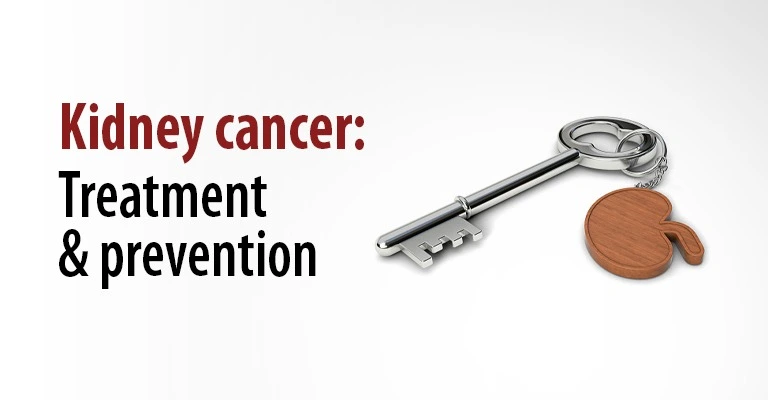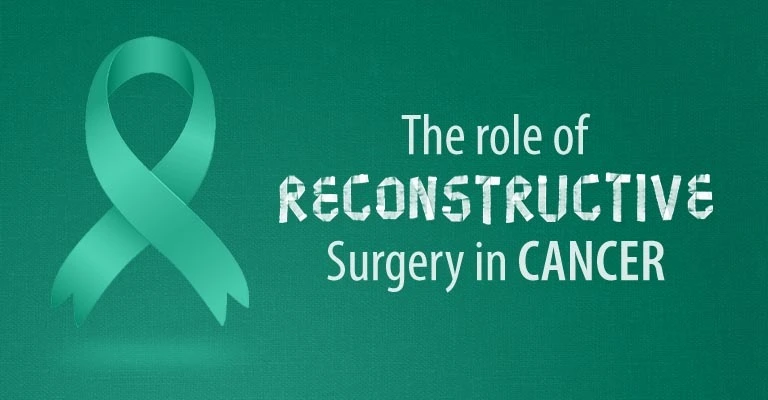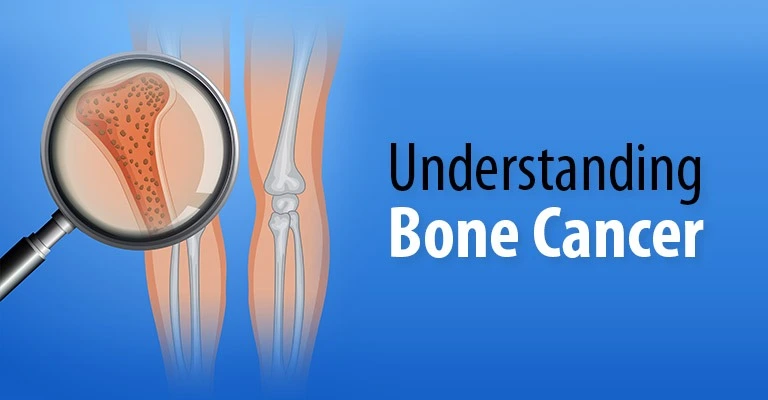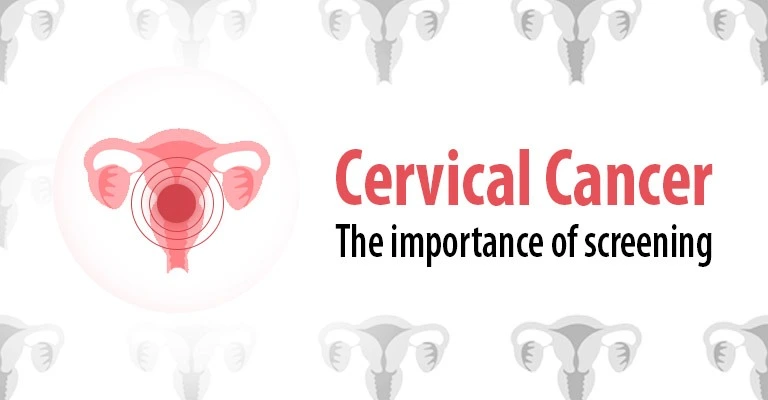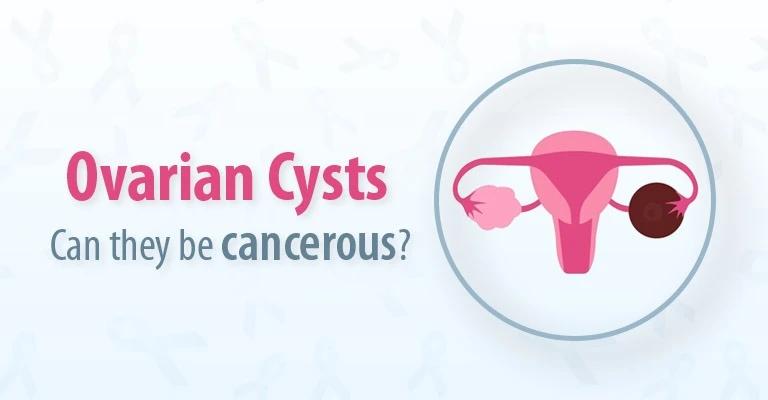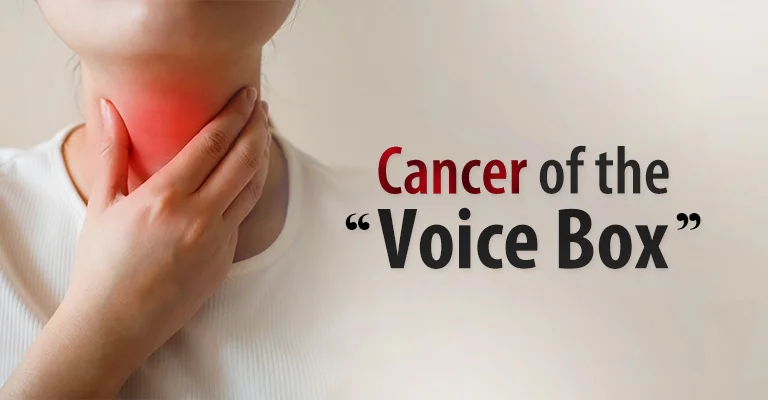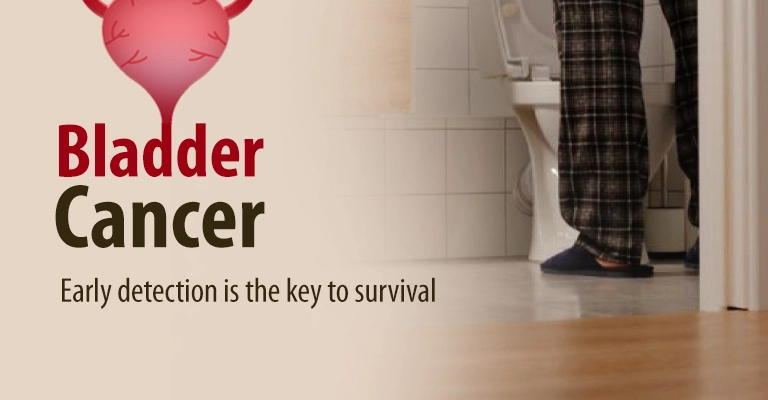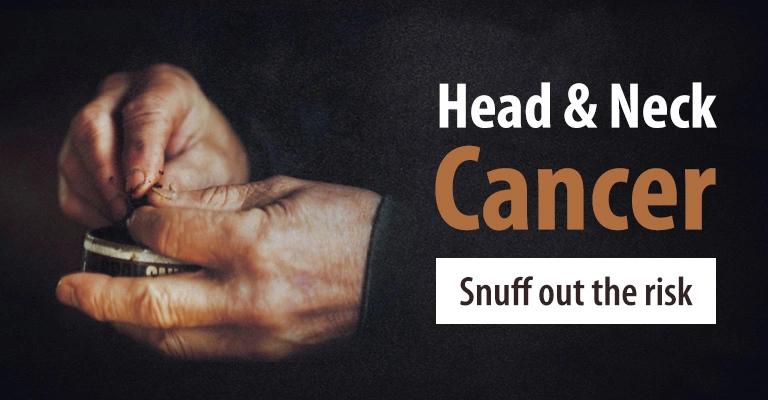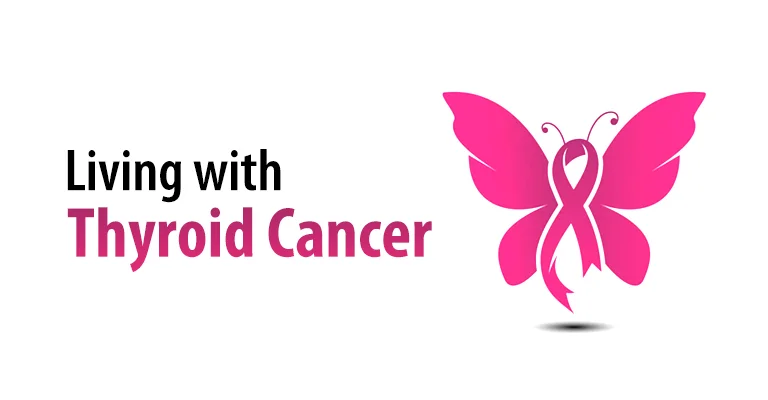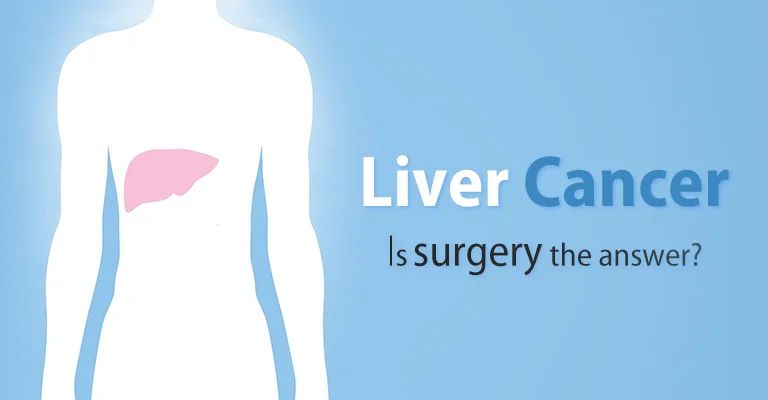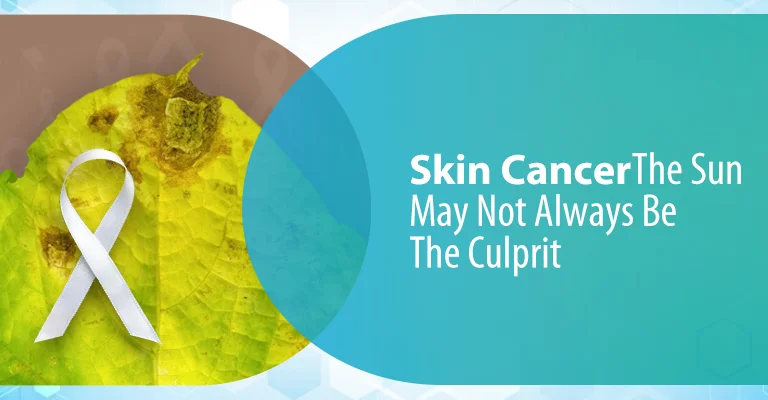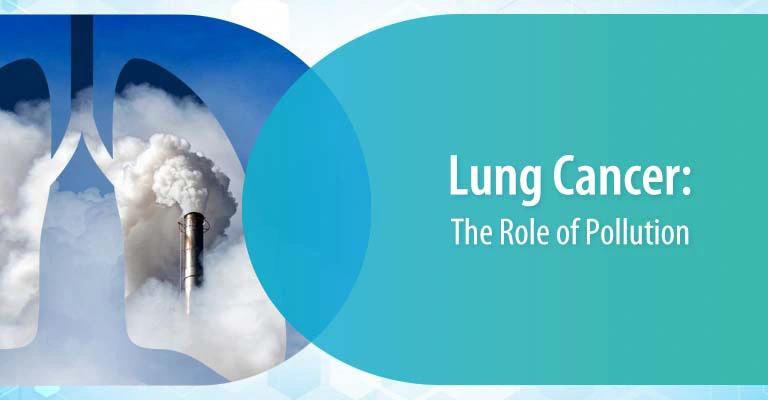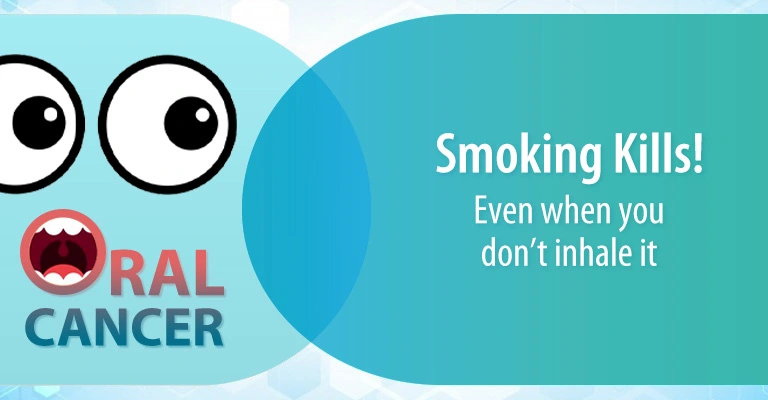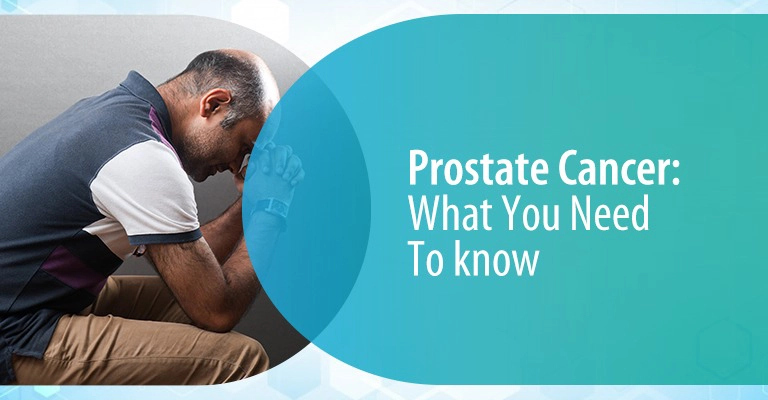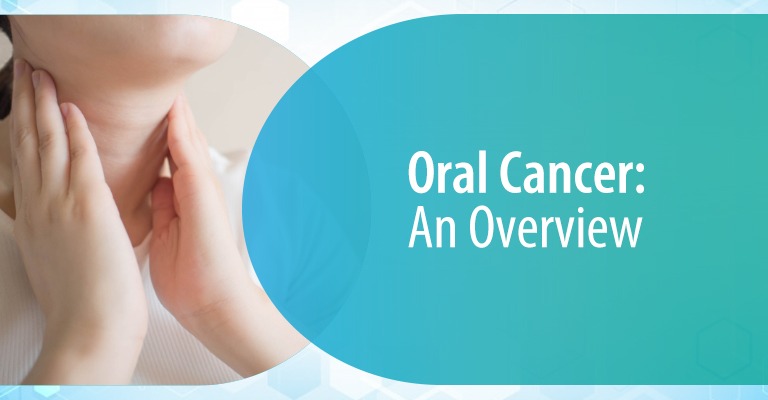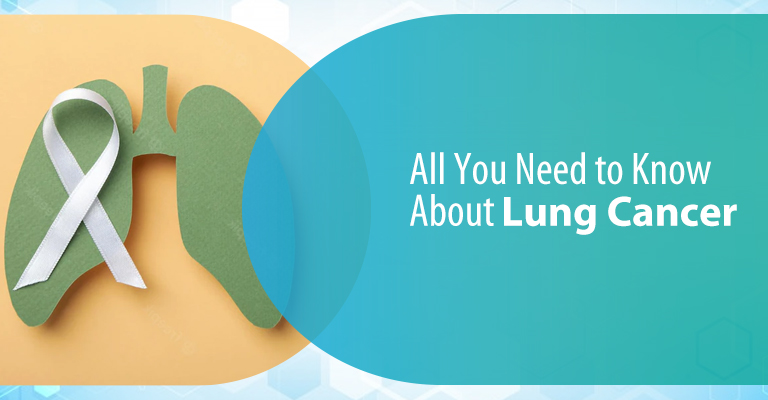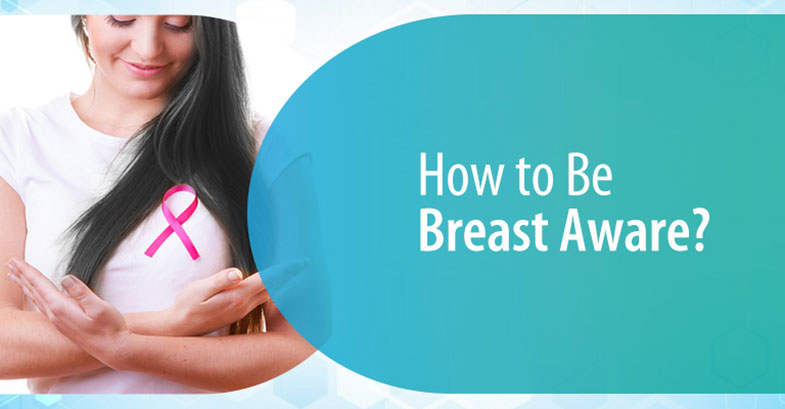
Being ‘Breast Aware’ is a thought-provoking concept for it brings to mind various questions and apprehensions.
So what is breast awareness?
Every woman should have an idea about her own breasts, such as the size, shape, feel of the breasts and position of her nipples. It is common to have breasts of varying sizes, for instance, it is okay if one breast is larger than the other. Breasts may feel lumpy at places and there may be a change in contour with age as the breasts droop due to laxity of tissues. Every woman should know these details so that if an abnormal change occurs, it can be detected early and treated if needed. This is called ‘Breast Awareness’.
A step ahead of ‘Breast Awareness’ is ‘Breast Self-Examination’ i.e. the lady checks her breasts every month to look for any new changes such as a new lump or a nipple turning inwards or dimpling of the skin. She needs to check the entire breast systematically from top to bottom and side to side.
How to complete a breast self-exam:
- Place your right arm behind your head
- Use your left hand to gently move your fingertips around the right breast in small, circular motions; feel your breast area and armpit
- As you continue circling, move from light to medium pressure and firm pressure. Check if anything feels sore, lumpy, or unusual
- Stand in front of a mirror, and check if there’s any dimpling, rash or pitting in your breasts
- Squeeze your nipple and check if there’s any discharge
- Repeat these steps for your left breast using your right hand, with your left arm positioned behind the head
If you aren’t sure about doing the self-exam correctly, reach out to your healthcare provider to perform a breast exam, so you can learn the technique first-hand and feel confident about performing the exam on your own.
Irrespective of your age, if you notice any change in your breasts or experience unlikely symptoms please go to your doctor. You may need investigations such as Mammography, Breast Ultrasound and sometimes a Biopsy to reach the final diagnosis.
This does not mean that you have to overthink or worry about the small things. For example, it is entirely normal to have breast pain just before menstrual periods that goes away after the cycle. This kind of cyclical pain occurs every month due to hormonal changes in the breast. Also, the breasts may feel different in different phases of the menstrual cycle.
So, if you perform breast self-examination, it is best done always before or always after your periods, so that you are always checking in the same phase of your cycle. Otherwise, you may interpret a normal change as a new lump.
COVID-19 and Breast Cancer
When the COVID-19 pandemic first started, many medical procedures considered non-urgent were delayed or cancelled. As time has passed, doctors have seen how protective measures, such as wearing a face mask, washing your hands, maintaining physical distancing, and avoiding gathering in a group, have helped slow the spread of the virus.
Now many facilities are once again offering breast cancer screening. Regular screening for breast cancer, including annual mammogram screening and breast exams by a healthcare professional is important.
If your scheduled mammogram was delayed by the COVID-19 pandemic, or if you have been ignoring an obvious lump for fear of visiting a healthcare centre, we urge you to call your facility and reschedule. If you’re concerned about COVID-19, it makes sense to ask what steps are being taken to protect you (the patient) from the virus.
Delays in Breast Cancer Detection and Treatment
For women who are 40 years and above, mammography is advised every year. The idea is to pick up any worrying abnormality when it is not yet palpable. This is called ‘Breast Screening’. Breast cancer when detected early, has excellent treatment opportunities.
Short delays (a couple of months, maybe) in breast cancer screening are usually not a cause for concern, but skipping it entirely is not advisable. Since the normal cycle for mammograms, as recommended by doctors, is every two years, a missed cycle may mean a gap of four years between tests. This time-lapse may give an undiagnosed tumour time to grow and become of serious concern.
It is important to understand that a breast cancer diagnosis is not a cause for panic. If detected early, correct treatment can make you cancer-free and your breasts can be conserved. The survival rate is excellent for cancers detected early. Often the fear of discovery or lack of attention to oneself may result in late diagnosis, thus impacting the chances of recovery.
Being breast aware, breast self-examination and breast screening all have one goal – Early Detection!



